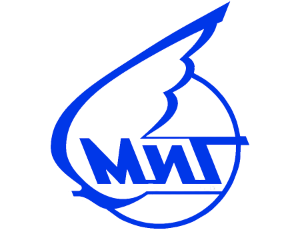JSC A.S. Yakovlev
Yak-9U ("Frank")
|
|||||||||||||||||||||||||||
.
History JSC A.S. Yakovlev Design Bureau
Yakovlev Yak-9U (Russian: Яковлев Як-9; NATO reporting name: Frank)

The Yakovlev Yak-9 (Russian: Яковлев Як-9; NATO reporting name: Frank) is a single-engine, single-seat multipurpose fighter aircraft used by the Soviet Union and its allies during World War II and the early Cold War. It was a development of the robust and successful Yak-7B fighter, which was based in turn on the tandem-seat advanced trainer known as the Yak-7UTI. The Yak-9 started arriving in Soviet fighter regiments in late 1942 and played a major role in retaking air superiority from the Luftwaffe's new Focke-Wulf Fw 190 and Messerschmitt Bf 109G fighters during the grand Battle of Kursk in summer 1943.
Variants
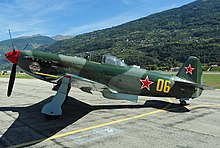


Yakovlev OKB created 22 modifications of the Yak-9, of which 15 saw mass production. The most notable of these include:
- Yak-9
The first production version, with a Klimov M-105PF engine with 930 kW (1,250 hp), 1 × 20 mm (0.79 in) ShVAK cannon with 120 rounds, and 1 × 12.7 mm (0.50 in) UBS machine gun with 200 rounds.
- Yak-9 (M-106)
A prototype with the Klimov M-106-1SK engine with 1,007 kW (1,350 hp). It did not advance to production because of problems with the engine.
0
KmCeiling
0
KmCombat RANGE
0
Km/hAircraft Speed
0
Max Crew
Photo Gallery
JSC A.S. Yakovlev Design Bureau
Yakovlev Yak-9U (NATO reporting name: Frank)


JSC A.S. Yakovlev Design Bureau
Yakovlev Yak-9
(NATO reporting name: "Frank")
General Info
-
-
-
- Crew: 1
- Length: 8.55 m (28 ft 1 in)
- Wingspan: 9.74 m (31 ft 11 in)
- Height: 3.00 m (9 ft 10 in)
- Wing area: 17.15 m2
-
-
Powerplant
-
-
- Empty weight: 2,512 kg
- Gross weight: 3,204 kg
- Fuel capacity: 355 kg
- Powerplant: 1 × Klimov VK-107A V-12 liquid-cooled piston engine, 1,230 kW (1,650 hp)
-
-
Performance
- Maximum speed: 690 km/h at 5,900 m
- Range: 675 km
- Service ceiling: 10,850 m
- Rate of climb: 18.9 m/s
Armament
-
- 1 × 20 mm (0.79 in) ShVAK cannon, 120 rounds
- 2 × 12.7 mm (0.50 in) UBS machine guns, 340 rounds
-
.
Links to Youtube & Others
In a maritime context, the Yak-38 was not limited to the decks of Kiev. In September 1983, AV-MF pilots operated from the civilian Ro-Ro vessel Agostinho Neto, and NII-VVS pilots conducted further tests from another Ro-Ro vessel, Nikolai Cherkasov. In both cases, use was made of a heat-resistant landing platform; further land-based trials tested the practicality of dispersed landing platforms, in a similar concept to the British Royal Air Force's Harrier operations in West Germany.
Yakovlev Yak-9U Frank
The initial pre-production version, differing slightly from the Yak-38. It weighed 6,650 kg (14,660 lb) compared to the Yak-38's 7,370 kg (16,250 lb) and the engines were slightly less powerful..
Youtube Link
The majority of Yak-36M initial production deliveries were to the 279 OKShAP (Otdelny Korabelny Shturmovoy Aviatsionny Polk, Independent Shipboard Attack Air Regiment), initially based at Saki, the AV-MF's training centre in Crimea.
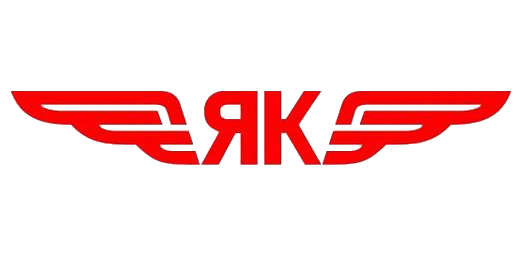




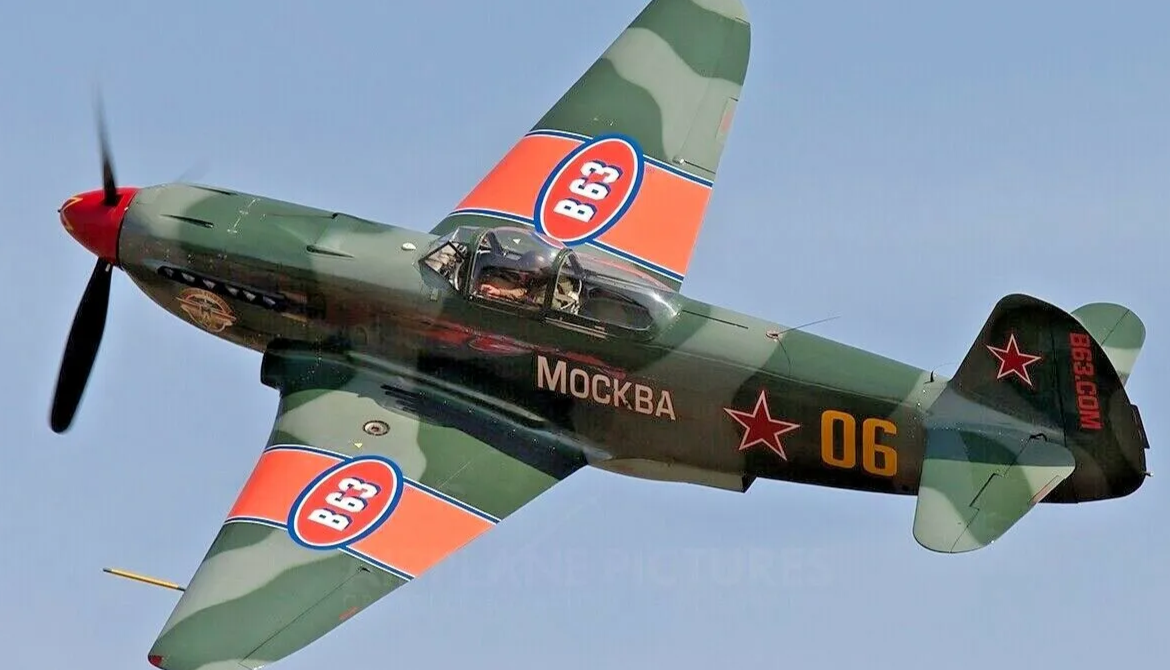
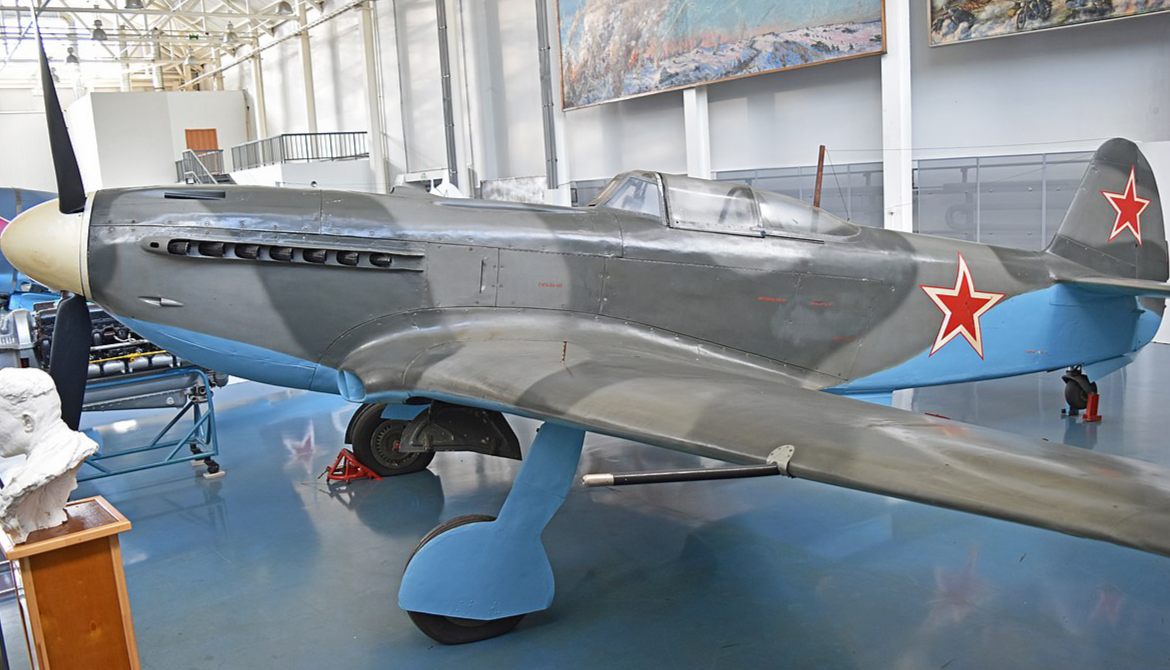



.png)
.png)


